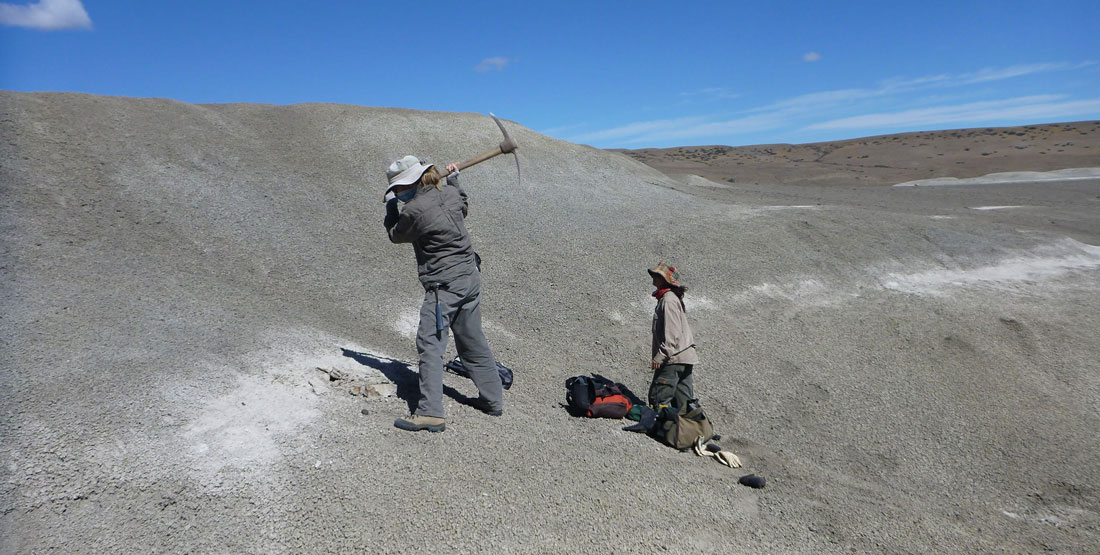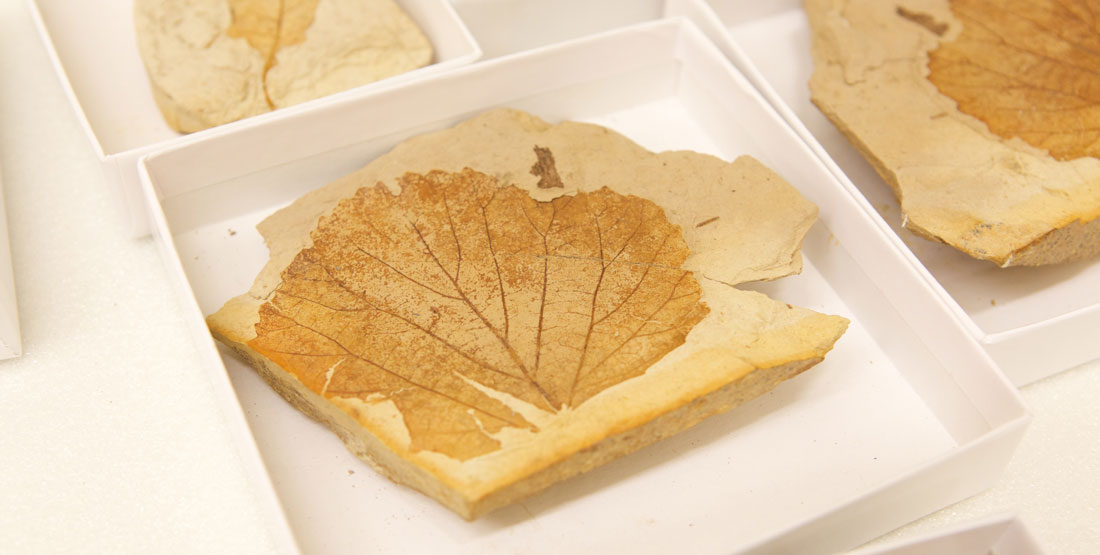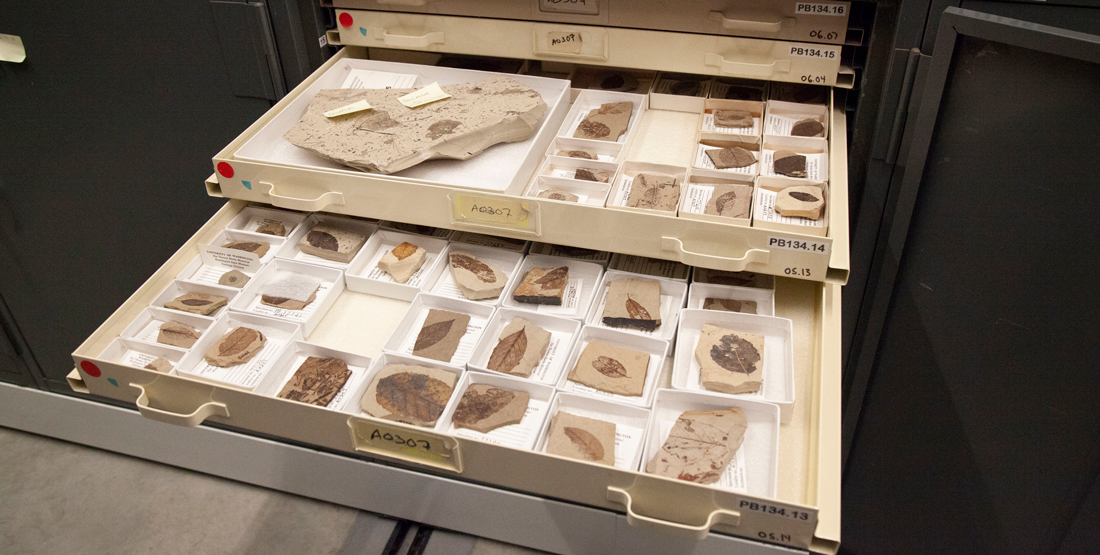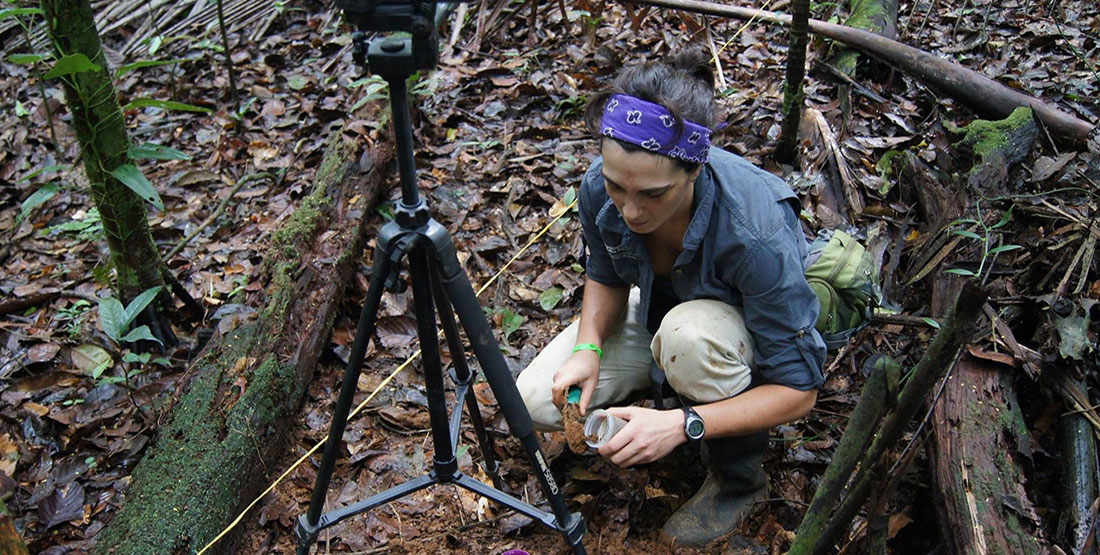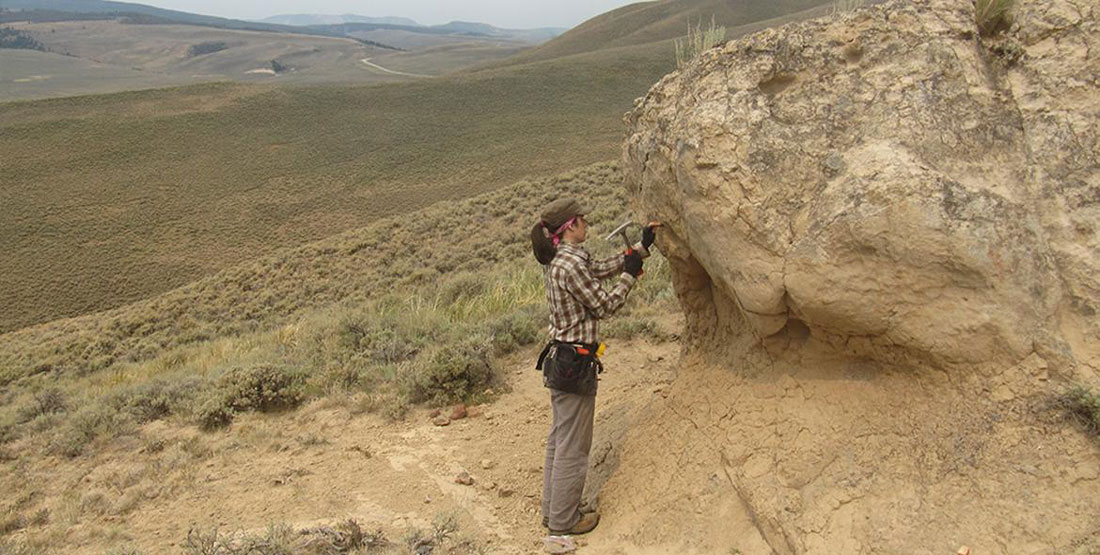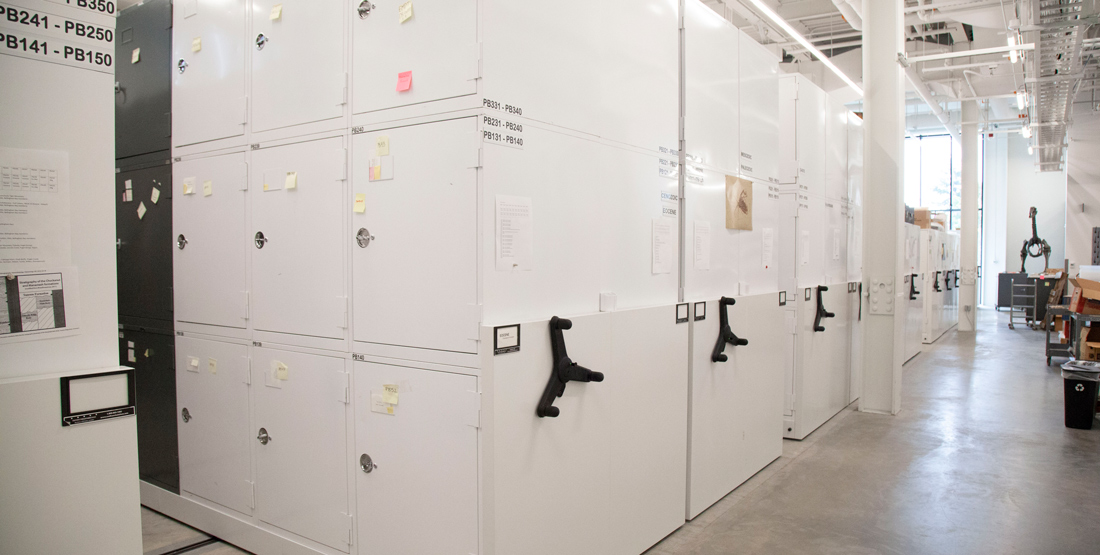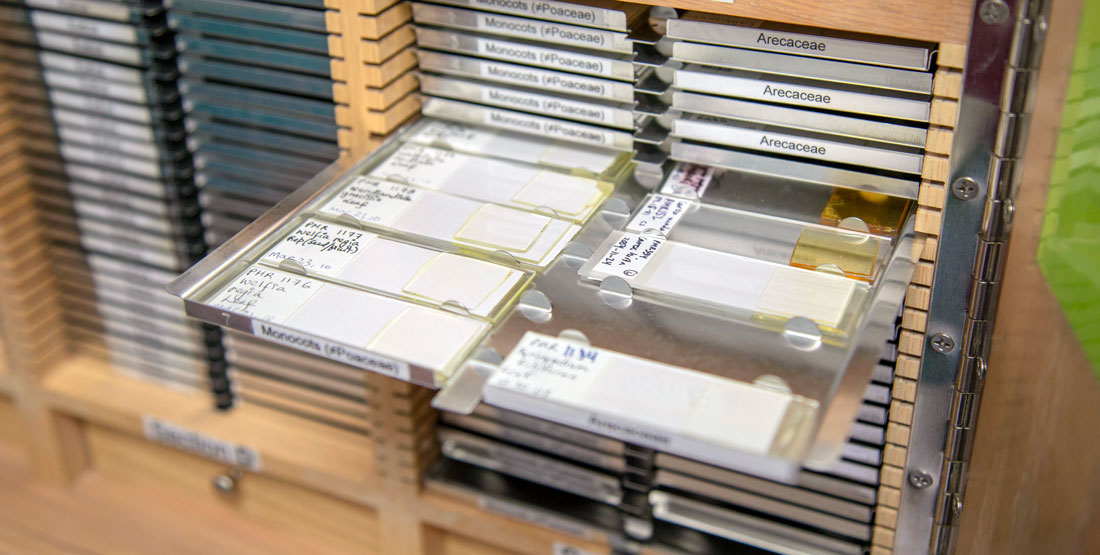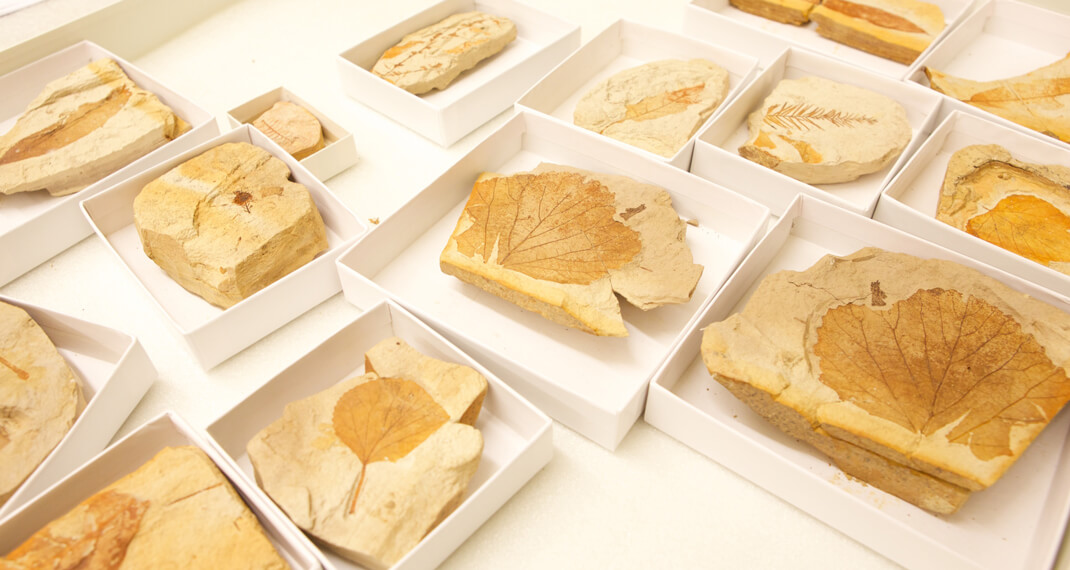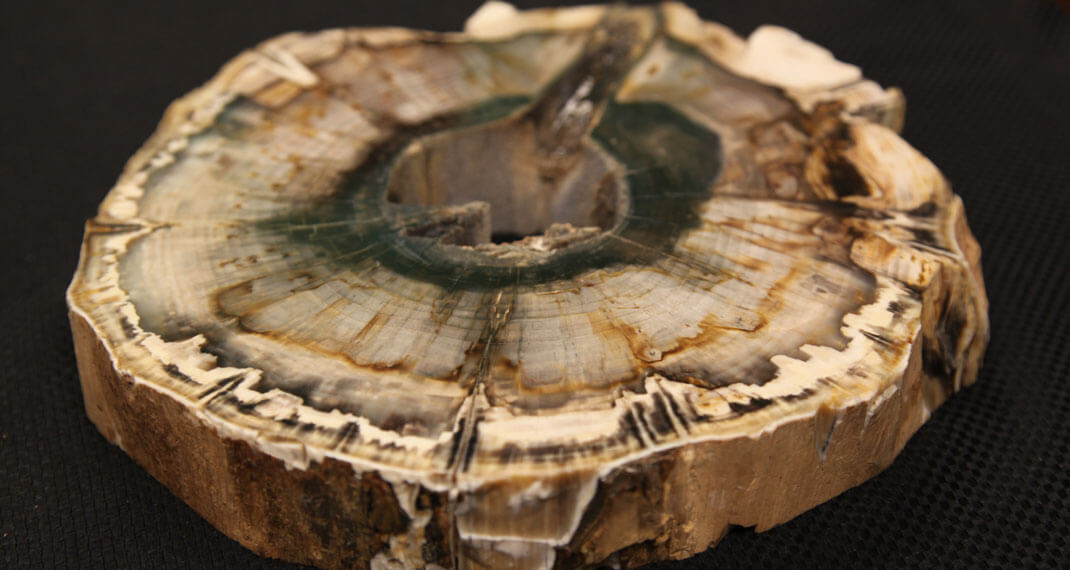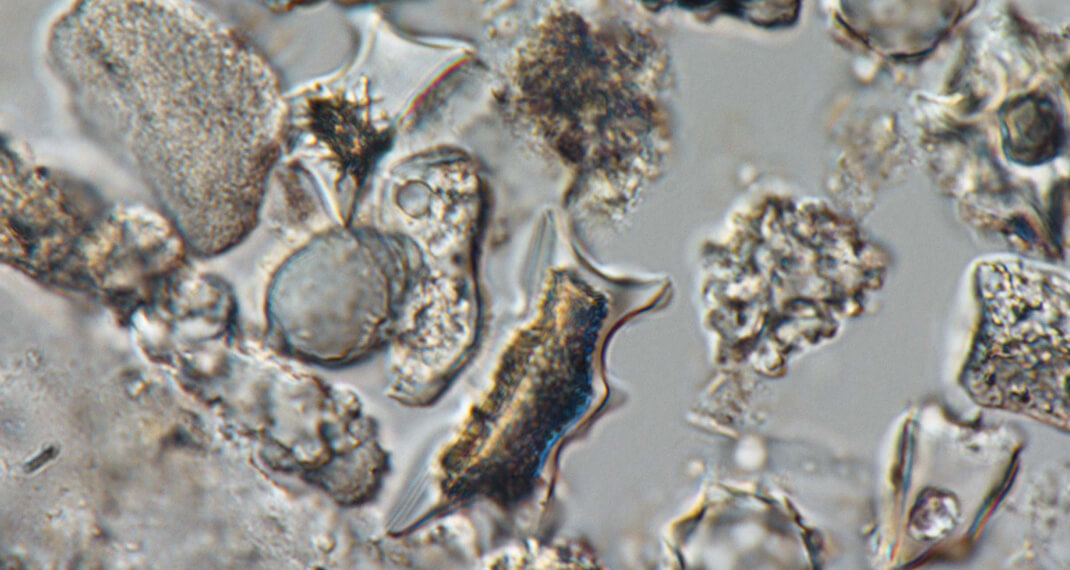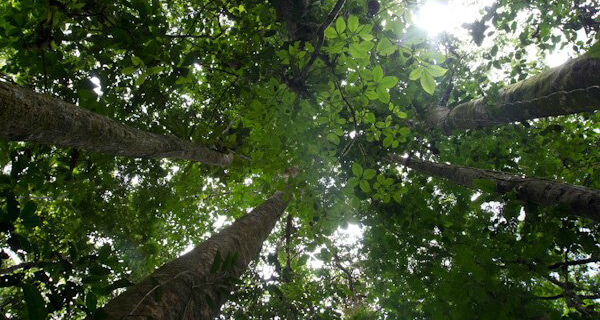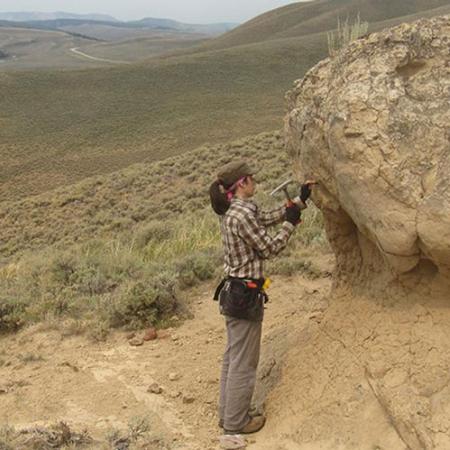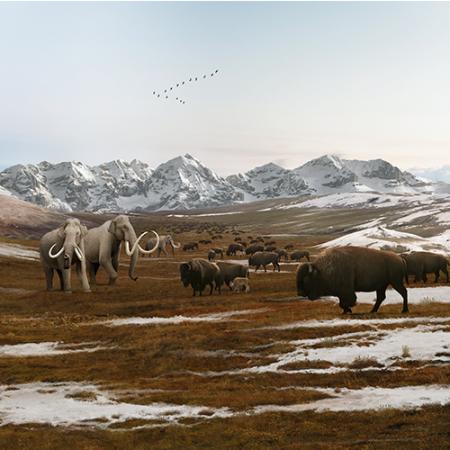Search the Collection
In total, the Geology & Paleontology Department cares for more than 4 million specimens of fossil invertebrates, vertebrates, plants, microfossils and trace fossils.
Collection Highlights
Macrofossils
Permineralized Wood
Fossil Phytoliths
Modern, Cleared Leaves
Modern Wood
Modern Phytoliths
Modern Pollen
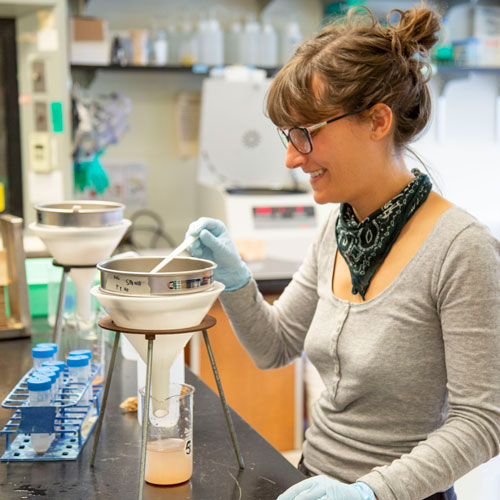
Our Research
We use plant fossils to elucidate evolutionary and ecological links between the abiotic environment, plants, and animals through geologic time. Our work is inherently integrative, involving paleontological fieldwork, experimental work on living plants, phylogenetic comparative methods, and geometric morphometrics and image analysis, among other things.
To make our research go farther and deeper, we collaborate with ecologists, geochemists, sedimentologists, vertebrate paleontologists, phylogeneticists, and plant physiologists.
University of Washington Courses
Our collections and staff play an important role in undergraduate and graduate education at the University of Washington, particularly within the Department of Biology.
Questions & Answers
We’ve compiled answers to some of the most common questions we receive. Have another question that you need help with? Contact us.
I’m a researcher. Can I visit the collection?
The geology and paleontological collections are open to visiting researchers by appointment only. Interested researchers should should email the completed Research Visit Request form (below) to Katherine Anderson at katlande@uw.edu to make arrangements.
Resources:
Vertebrate Paleontology Collection Study Grant
This grant provides financial assistance for graduate students and post-doctoral researchers to study fossils in the Vertebrate Paleontology Collection at the Burke Museum. Learn more.
Can I borrow a specimen for my research?
The Geology & Paleontology Department will lend specimens to qualified institutions for exhibition, education or scholarly research. Specimens will not be lent to individuals except under special circumstances and with the approval of the Burke Museum Director.
Loan requests are considered on a case-by-case basis and approval is contingent upon such considerations as the structural stability of the specimens; security; exhibition or research conditions at the borrowing facility; insurance, crating, transportation, length of exhibition or research, and requirements for courier service. Please contact us for more information.
Can you help identify something?
If you think you have found a fossil, the Geology & Paleontology Department can help identify it on a time-available basis. Please note that we will not purchase your fossil or take it away. If you wish, and if your fossil is of scientific interest, you may donate it to the museum.
To get started, please fill out the Burke’s Online Identification Form.
Can I donate specimens to the collection?
The Geology & Paleontology Department considers donations on a case-by-case basis. Of particular interest are fossils from the Pacific Northwest or those belonging to a taxonomic group or geologic age that is not well represented in the collection. Not all fossils are appropriate to donate, especially those without basic locality data or clear ownership details.
Please contact us for more information.
Can I use an image of a specimen?
The Burke Museum retains the sole copyright for its holdings and all images depicting its holdings. Photographic images that are in the care of or are the property of the Burke Museum, or photographs, photocopies, or artistic renderings of collection items that are in the care of or are the property of the Burke Museum may not be used for commercial purposes without specific written permission.
Please contact us for more information.
Can I volunteer?
We couldn’t do what we do without volunteers! Visit our Volunteer page for more information about Burke Museum volunteer opportunities and to view current openings.
Our Team & Contact
Meet the people within the Burke Museum Geology & Paleontology team.
Have a general question?
Additional Resources
We've compiled several online resources from outside of the Burke Museum that may also be of interest.
Denver Museum of Nature & Science

Support Paleobotany
Your gift makes it possible! We couldn't do what we do without donor support for collections care, research and public outreach.
